The 25 – powered by a 1.5-litre Coventry Climax V8 – is chassis R6, which Clark drove in 10 grands prix across the 1963, 1964 and 1965 seasons, including victories at the Dutch, Belgian and British races in 1964 and at the French round during his 1965 championship year. It has been loaned by the Tinguely art museum in Basel, Switzerland.
It's joined by the twin-cam Cortina in which Clark won his class in every race of the 1964 British Saloon Car Championship, precursor to the BTCC. It's now owned by fellow Scot, Indy 500 winner and four-time Indycar champion Dario Franchitti, who drove the car to Duns last week in person – as testified by the patina of midges on its nose.
“I’m very proud it's featuring in the museum, where other people will get to see it and enjoy it,” said Franchitti.
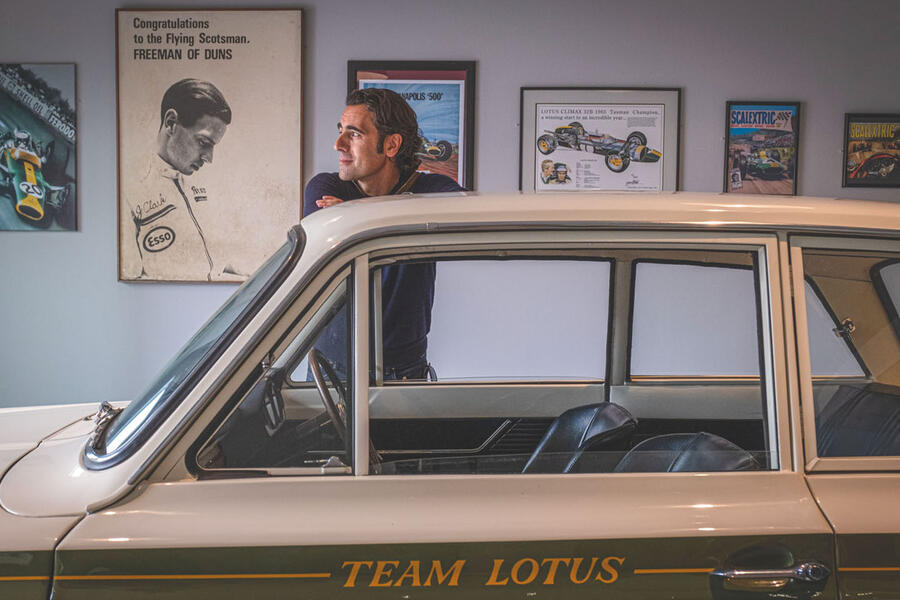
The cars are displayed under a vaulted ceiling in a restored coach house that architect Ray Cherry intended to echo a racing garage. It's linked to the Georgian building that housed the Jim Clark Room by a new glazed structure.
Beyond the car display area, there are three distinct sections to the museum. The first tells Clark’s life story from his birth at Kilmany in Fife in 1936, his subsequent childhood move to Edington Mains and then how he came to lead parallel lives as both a world-famous racing driver and a farmer.
An agricultural branding iron marked 'JC' sits alongside a timing board from his early days representing the small but successful Border Reivers team that set him on his way. Just across from them, a pair of surprisingly modest silver beakers engraved with the script 'FIA Champion du Monde des Conducteurs' signify the two F1 titles that followed.
Other displays illustrate Clark’s mild-mannered personality away from the track, the legacy his character helped to forge and the increased attention to driver safety prompted by his death, while a screening area shows a trio of documentaries including archive race footage.
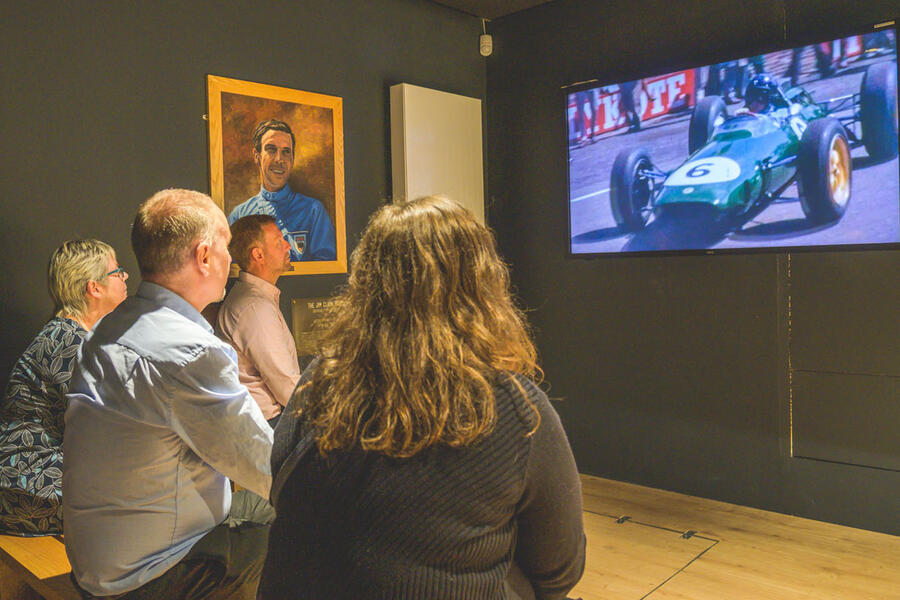
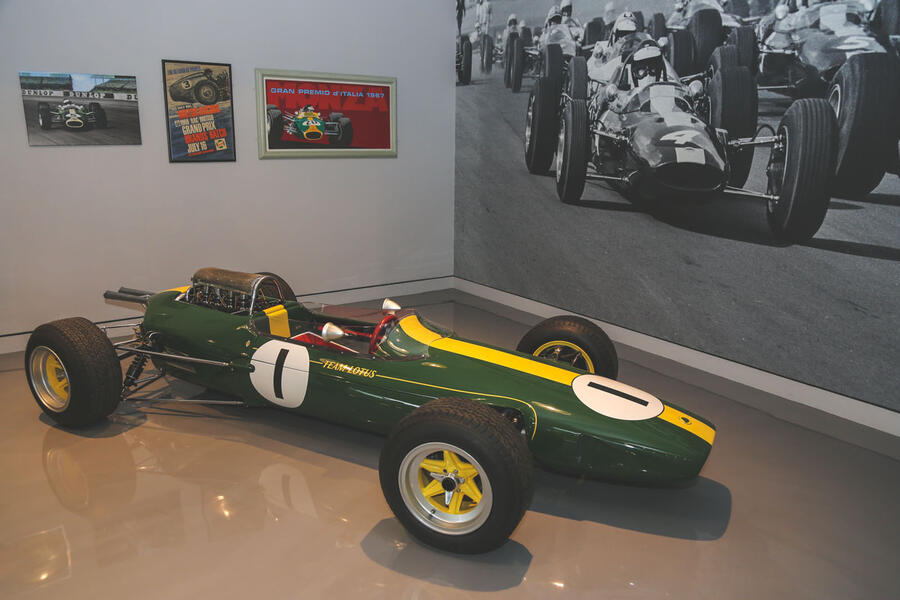



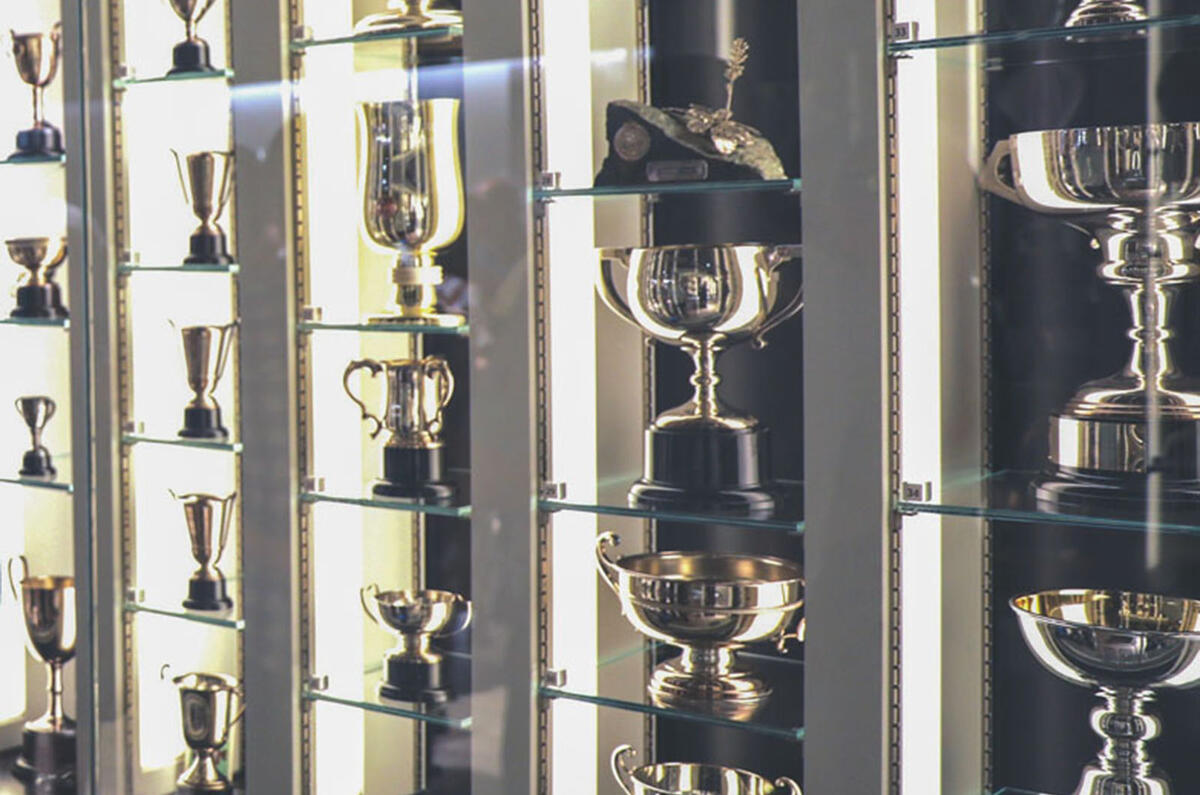
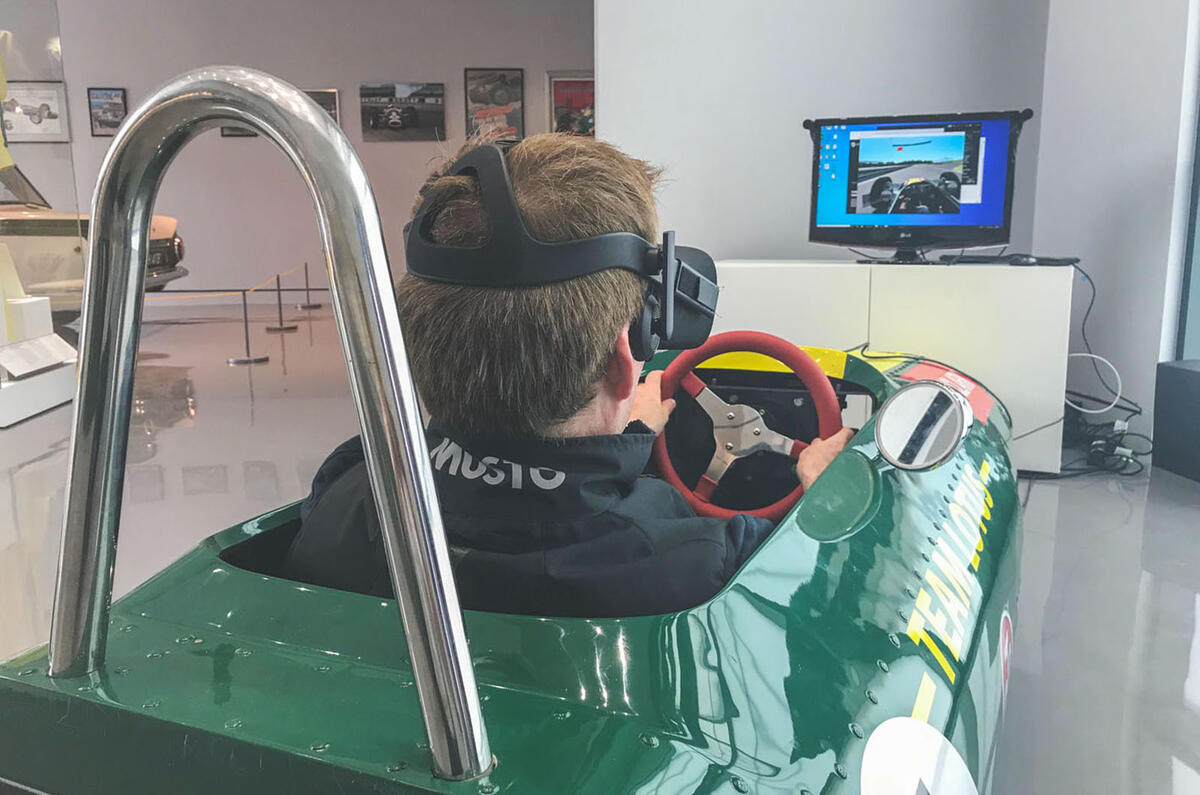
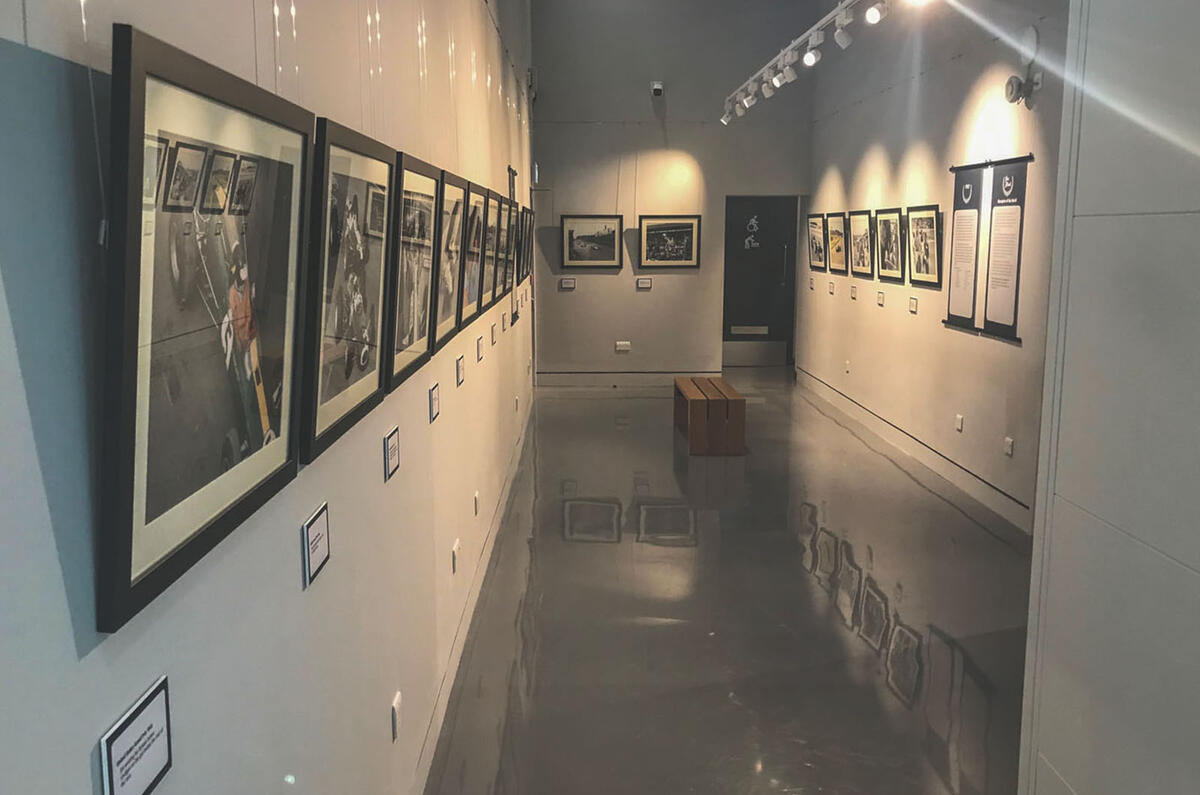
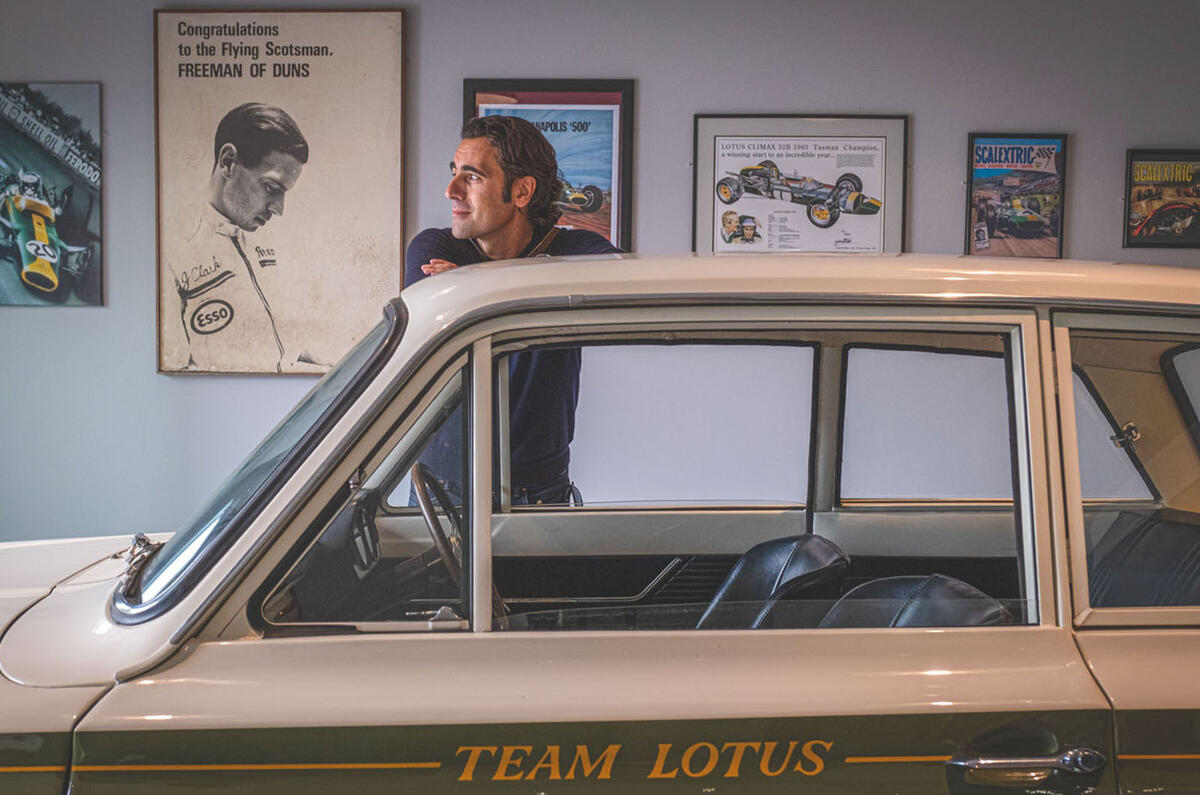

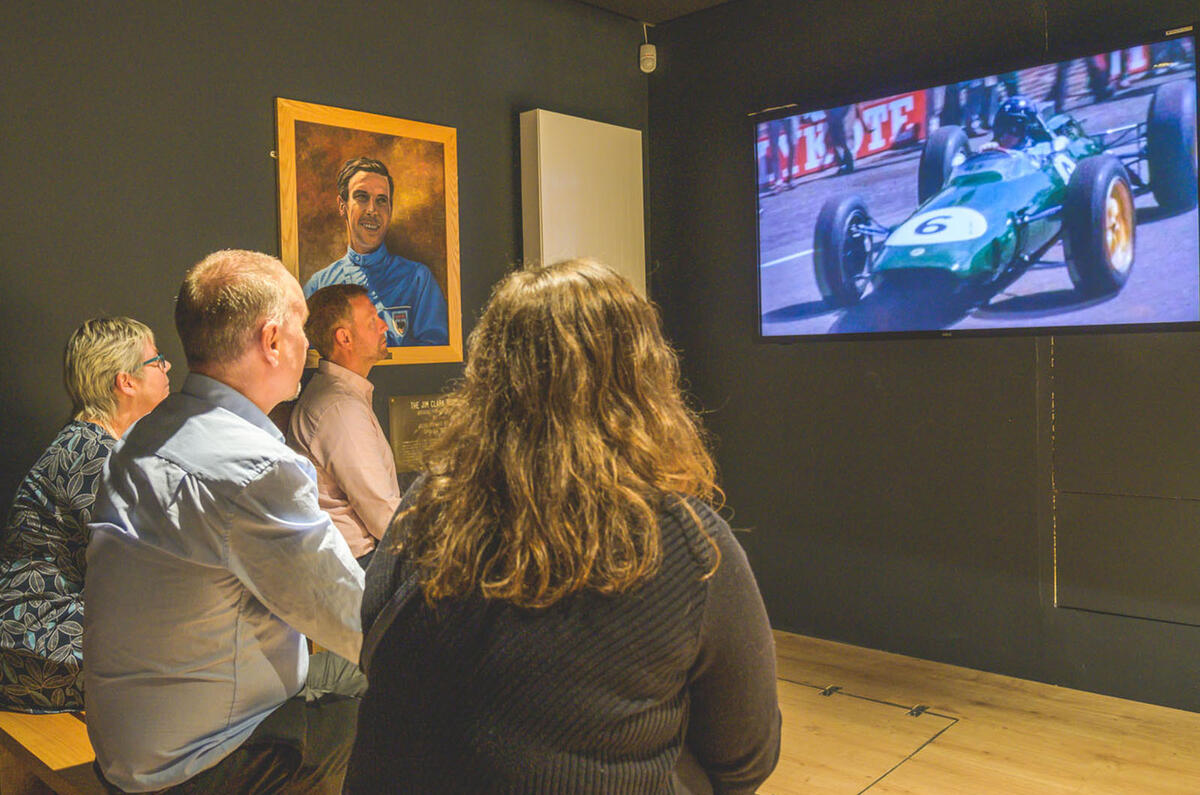
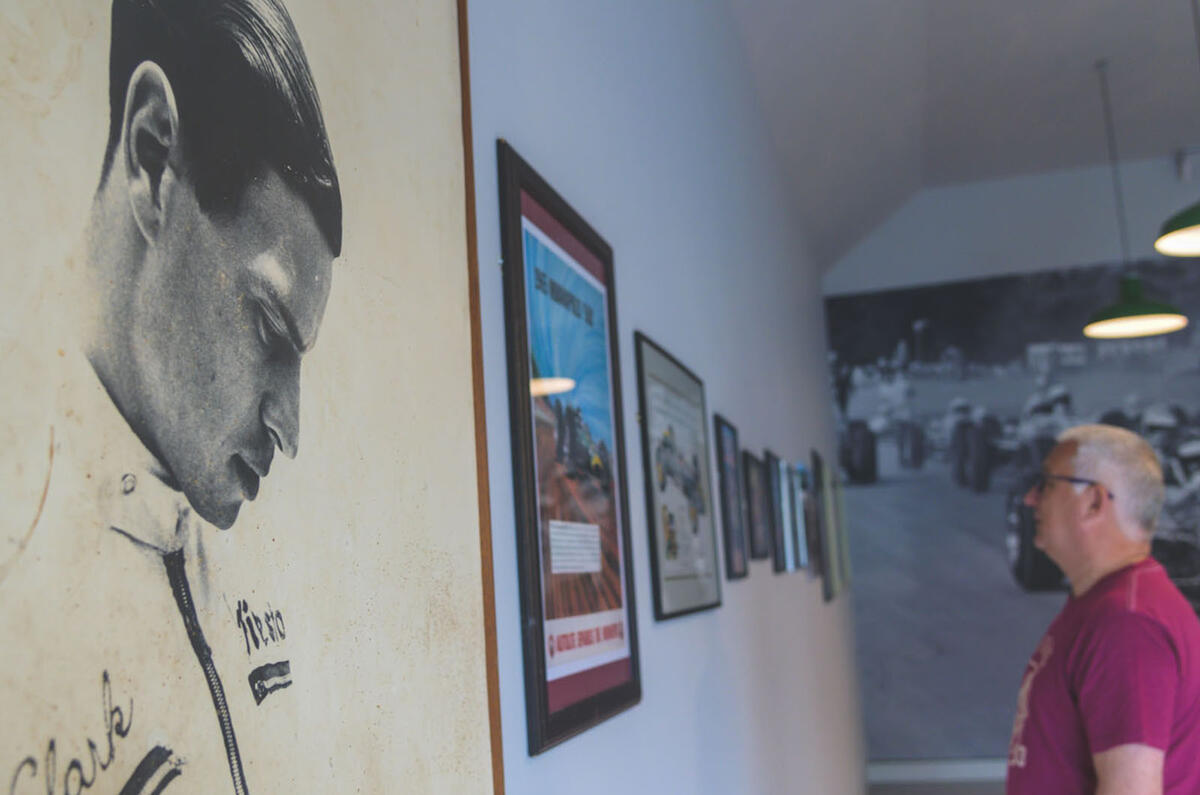

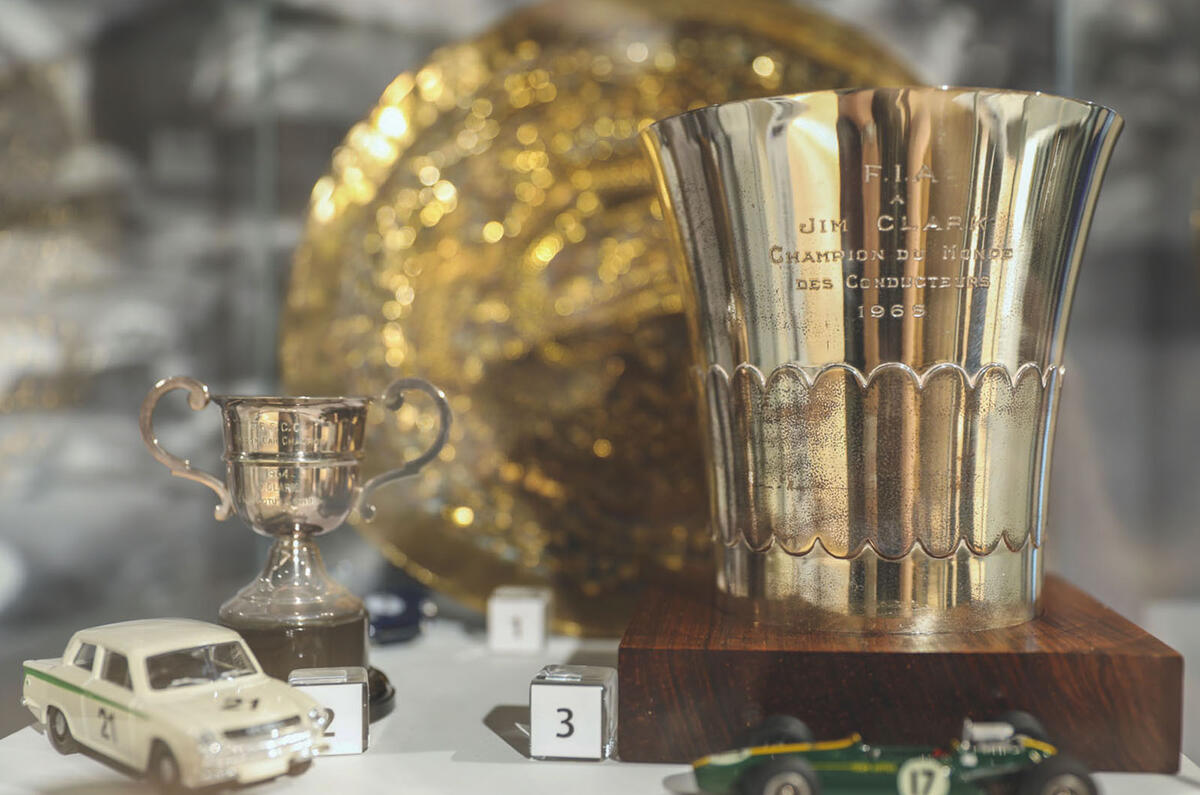
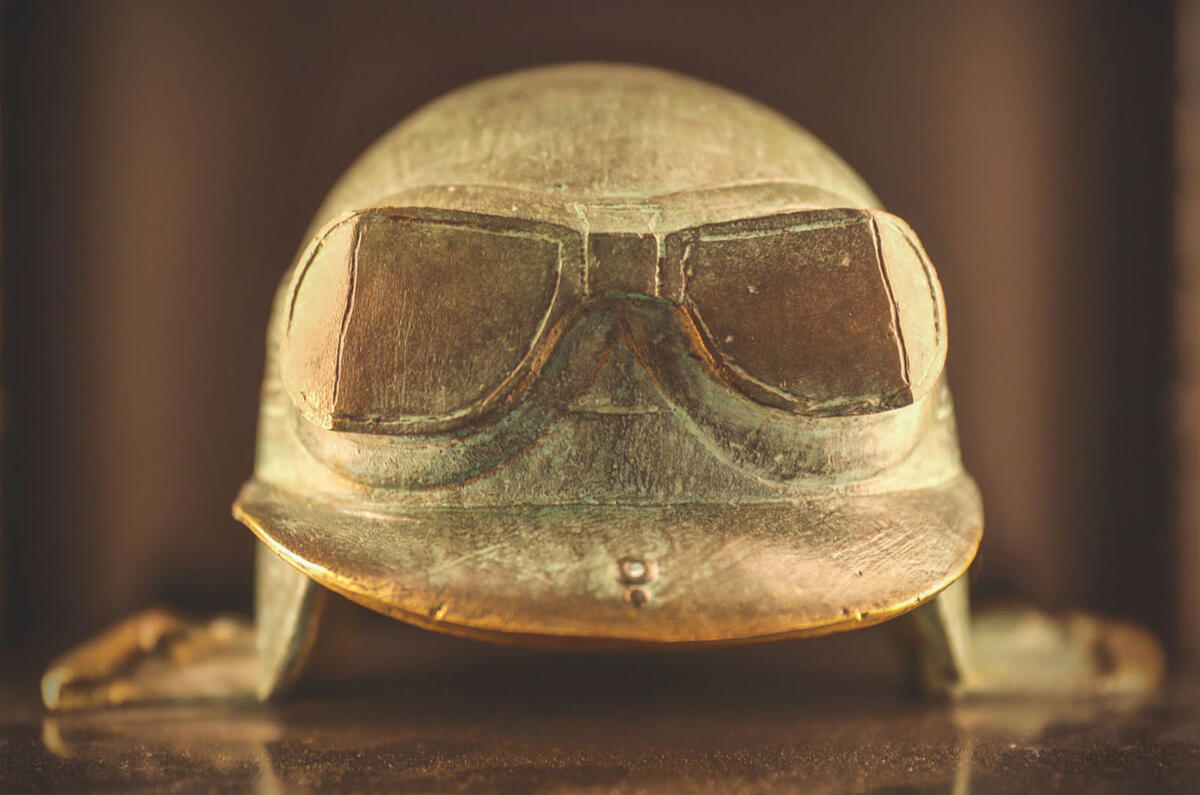
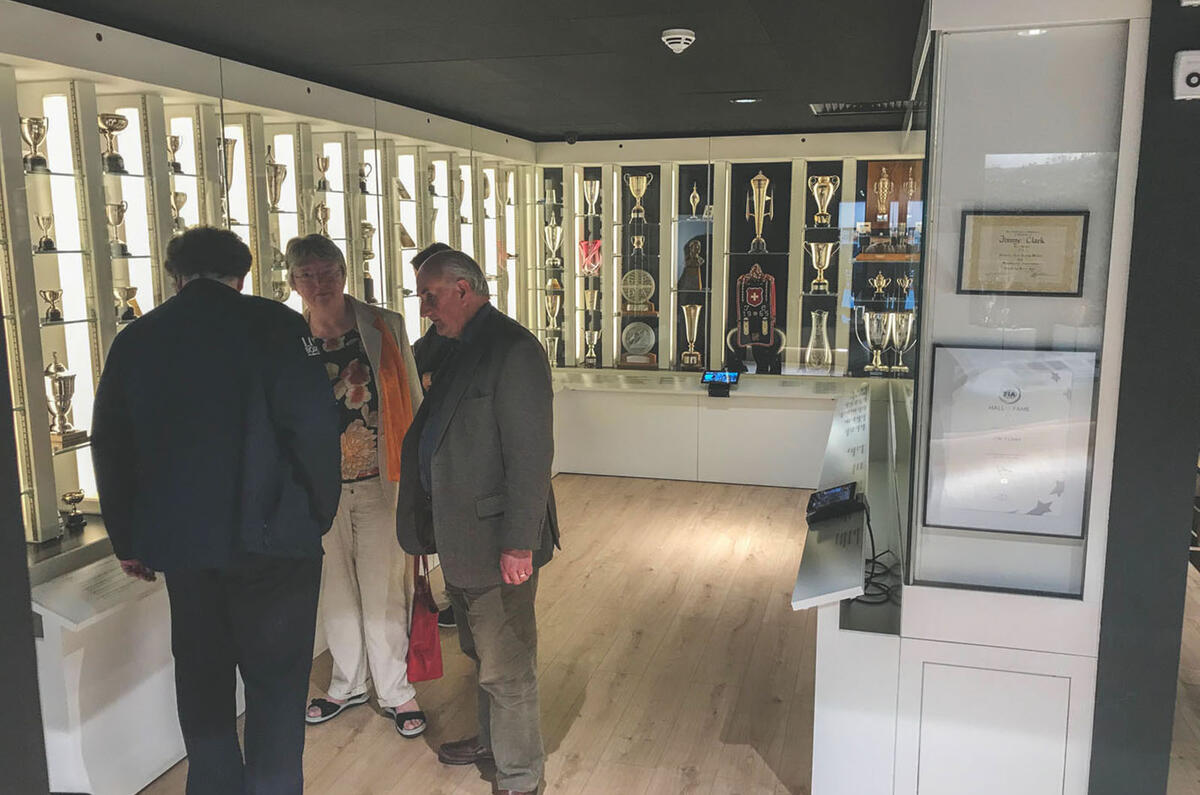






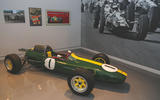

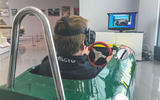
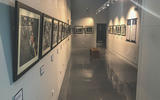

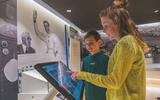




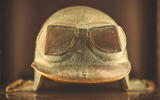
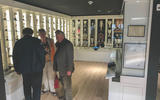

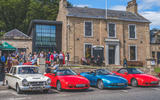






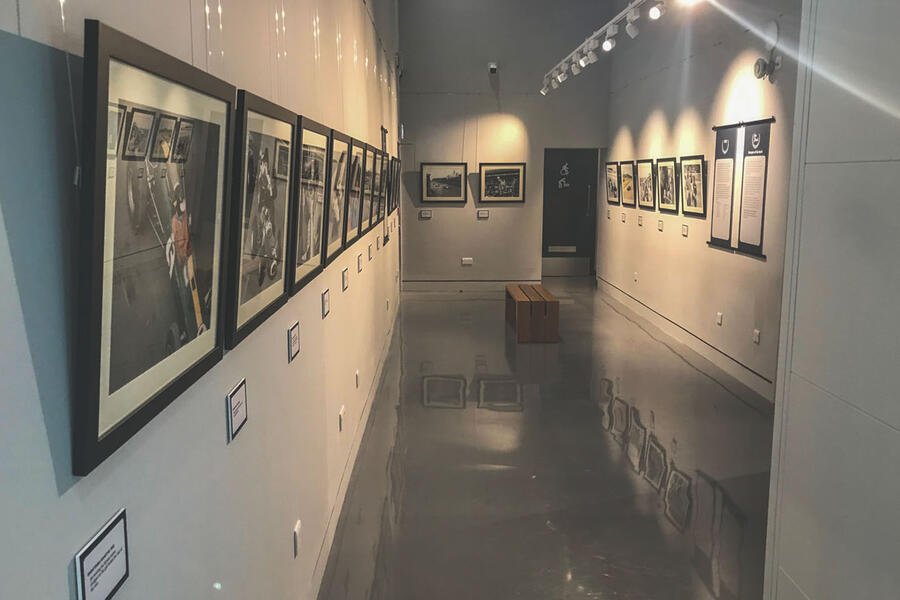

Add your comment